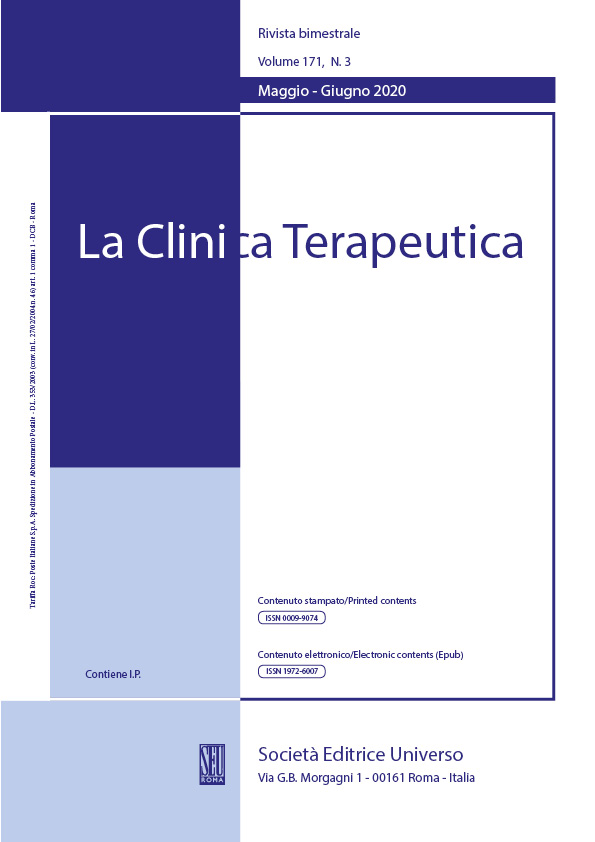Abstract
Background
The skills needed in the medical and nursing field are considered both for the cognitive and the personal and interpersonal aspects. There are many studies that suggest using artistic practices and pedagogical methods such as Visual Thinking Strategies (VTS) or Artful Thinking in the medical education. The main aim of this research is to validate a grid to evaluate impact of art activities for improving skills in medical education sector.
Methods
The VTSkill grid was created by research group of Sapienza University, selecting the relevant dimension on the basis of literature analysis. To evaluate the validity and reliability, the grid was used in a quasi-experimental study involving the pediatric ward personnel, the nursing and medicine course students of Sapienza University of Rome. This analytic rubric was used to evaluate the written assessment form, composed by open-ended basic question related to the VTS method, administered in association with two images, a work of art and a clinical image. The Number of responders of the validation study was 105.
Results
Although obtained from a small sample, both construct validity and reliability analysis showed coherent and statistically significant results. On one hand, the construct validity results showed a relationship path consistent with the hypothesised one derived from previous literature, with relevant p-values (n = 78). On the other hand, the VTSkill reliability was first analysed through the inter-rater evaluation data. This reliability coefficient showed a high degree of convergence of judgments between different evaluators on both image data (n = 55), with statistically significant values ranging from good (r = .77) up to excellent for objectively observable items (r = 1). Similarly, the test-retest reliability coefficients calculated for both clinical and artwork image data resulted statistically significant (n = 95), although ranging from weak to adequate entity (up to r = .77).
Conclusions
Taking into account the high degree of coherence and the stability of measurement of VTSkill in combination with its consistent construct validity, this study suggest the opportunity to implement this measurement tool to research the effect of VTS protocol in future investigations on the field. Therefore, the results of this study will constitute the basis to collect further evidences on how arts-based learning methods can contribute in medical education to improve skills suitable to the health professionals.
